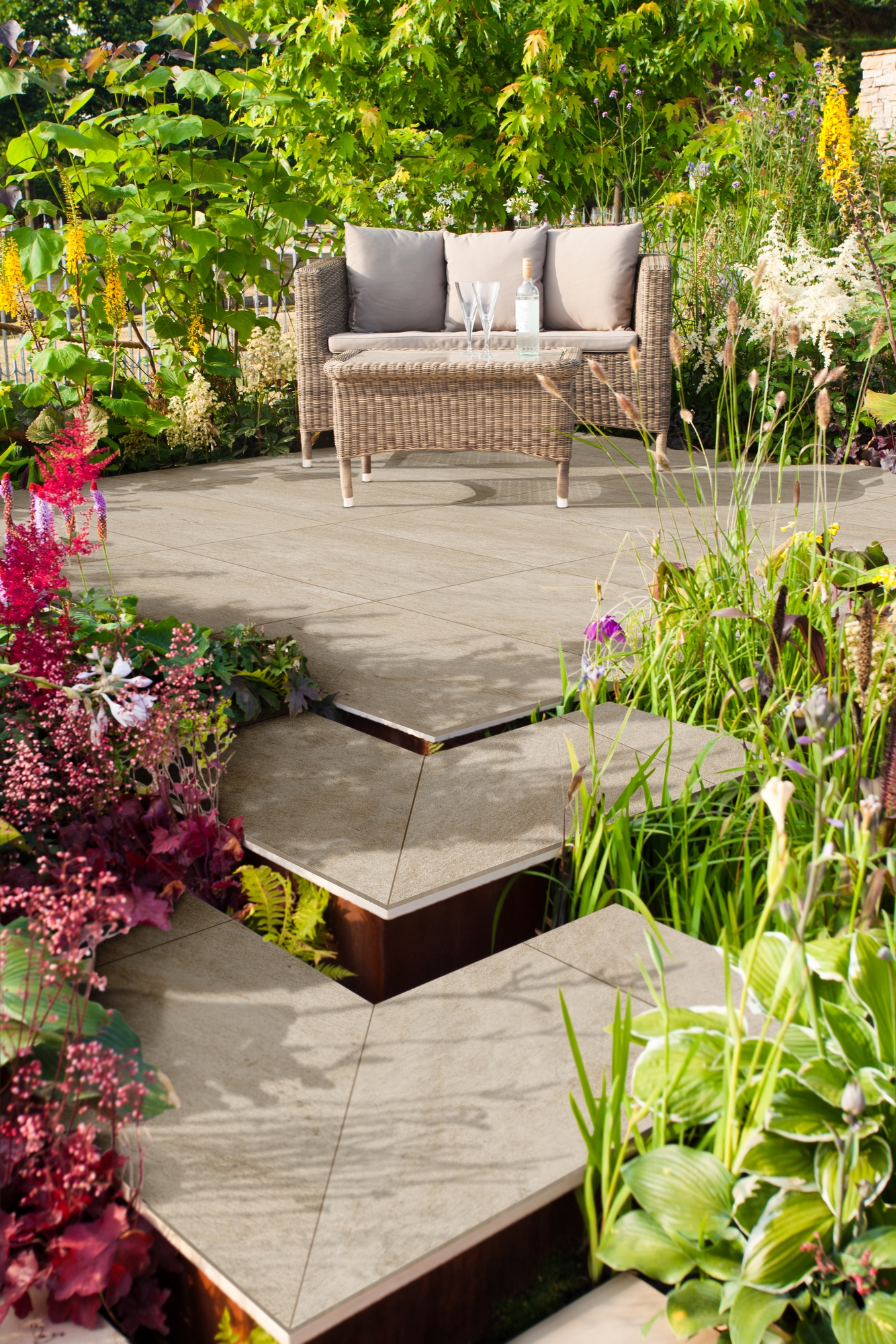
Yes, it's essential to include a fall (slope) on your patio. If the patio is laid completely flat, water will collect on the surface and may not drain properly. If your patio is next to the house, make sure the slope directs water away from the house to prevent drainage issues and potential water damage. Additionally, the patio must be laid 150mm below the damp proof course (DPC) level to avoid moisture problems.
For damp or shaded areas, it's best to choose paving materials that are slip-resistant and less prone to algae or moss growth. Porcelain paving is a great option as it is non-porous, easy to clean, and has excellent slip resistance. Additionally, textured natural stones like granite or sandstone with a rough finish are also good choices for areas prone to dampness. Avoid smooth or highly polished surfaces, as they can become slippery when wet.
The size of slabs is a personal choice, but generally, larger slabs tend to look best in bigger areas, creating a more seamless and open appearance. Smaller slabs can also work well in more intricate designs or compact spaces, depending on the look you want to achieve.
Yes, you can lay paving at the same level as the house to achieve an inside-outside look, but it must be done correctly. It's essential to ensure that the damp-proof course (DPC) of your house is protected and that moisture is directed away from the building. We recommend consulting a professional to ensure proper installation and drainage.
When choosing a colour, keep in mind that light colours will show more dirt in north-facing locations and can be problematic under trees and bushes. Very light colours may reflect the sun and cause a dazzling effect. Multi-coloured paving tends to hide dirt better, while very dark colours can become hot in a south-facing garden.
You can order samples online from the individual product pages. Alternatively you can visit a local stockist and see what they have on display.
When laying stone paving, using a slurry primer is advised as the primer helps create a strong bond between the slab and the mortar bed and may prevent reflective staining (see our technical guides for further information).
For the best results, we recommend using our Ultimate Paving Joint Compound. Always follow the manufacturer's instructions for proper mixing and application to achieve the best finish. Alternatively, you can use a traditional mortar mix for pointing. Remember the colour will be affected by the colour of your sand and the colour of cement used ie white or grey.
Yes, you can add a bullnose edge to stone slabs. However, keep in mind that the natural colour and texture of the stone will be exposed on the edge, which might differ from the surface finish. If you prefer a more consistent look, you might want to explore our pre-finished stone copings that offer a seamless appearance.
Ferrous metal furniture and planters can leave stains on your patio, especially on natural stone surfaces and can be difficult to remove. Leaks from planters or fertilisers may also lead to staining, do not use acid-based cleaners. See our Trouble Shooting Guide for more information.

Need help?